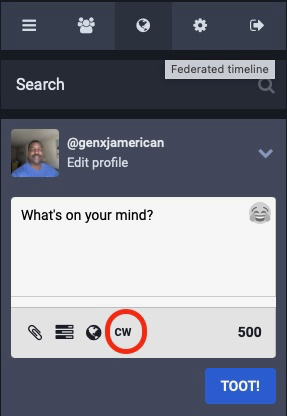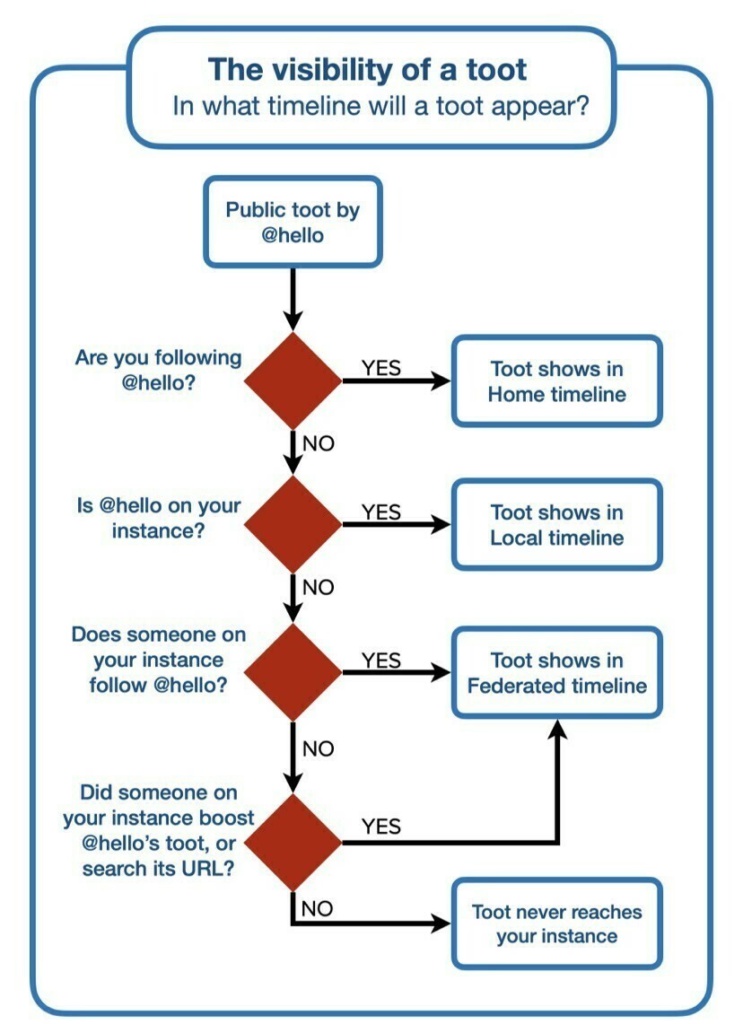Excerpt of Prepared Remarks
How did I end up writing software for a living anyway? I blame LEGOs, science fiction, and video games. While I’ve never actually worked in the gaming industry, I’ve built software solutions for many others—newspapers, radio, e-commerce, government, healthcare, and finance. Tech industry salaries, stocks, and stock options have given me a lifestyle that could accurately be called upper middle-class, including home ownership and annual domestic and international travel for work and pleasure (at least before the pandemic).
For all the financial rewards the industry has had to offer though, “writing software while black” has meant being comfortable with being the only one (or one of two) for the majority of my career–going all the way to my initial entry to the field. As an undergraduate computer science (CS) major at the University of Maryland in the early to mid-nineties, I was on a first-name basis with all the other black CS majors in the department because there were never more than 10-12 of us in the entire department during my 4 1/2 years there–on a campus with tens of thousands of students. In that time, I only ever knew of one black graduate student in CS. My instructor in discrete structures at the time was Hispanic. Even at a school as large as the University of Maryland, when I graduated in the winter of 1996, I was the only black graduate from the computer science department.
Unlike law, medicine, engineering, or architecture, computer science is still a young enough field that the organizations which have grown up around it to support and affirm practitioners of color are much younger. The National Society of Black Engineers for example, was formed in 1975. The Information Technology Senior Management Forum (
ITSMF), an organization with the goal of increasing black representation at senior levels in tech management, was formed in 1996. The oldest founding year I could find for any of the existing tech organizations specifically supporting black coders (Black Girls Code) was 2011. I’d already been a tech industry professional for 15 years at that point, and in every organization I’d worked for up to that point, I was either the only black software engineer on staff, or 1 of 2. It would be another 2 years before I would join a company where there was more than one other black person on-staff in a software development role.
I’ve had project and/or people leadership responsibilities for 8-9 years of my over 20 years in tech. As challenging as succeeding as an under-represented minority in tech has been, adding leadership responsibilities increased the scope of the challenge even more. As rarely as I saw other black coders, black team leads were even scarcer until I joined my current company in 2017. It basically took my entire career to find, but it is the only place I’ve ever worked where being black in tech is normal. We regularly recruit from HBCUs. We hire and promote black professionals in technical, analytical, managerial, and executive roles in tech. There are multiple black women and women at the VP level here. The diversity even extends to the board of directors–four of its members are black men, including the CEO of F5 Networks.
Perhaps most importantly–and contrary to the sorts of things we hear too often from people like James Damore and others about diversity requiring lower standards–this diverse workforce has helped build and maintain a high performance culture. This publicly-traded company is regularly in the top 25 of Fortune Magazine’s annual best places to work rankings. But this year–even in the midst of the pandemic–it jumped into the top 10 for the first time.
The company uses its size to the benefit of under-represented minorities in tech with business resource groups. Two of the BRGs I belong to have provided numerous opportunities to network with other black associates, to recruit and be recruited for growth opportunities in other lines of business. As a result, it’s the only company I’ve worked for in my entire career where I’ve had the ability to recruit black engineers to join my team. These groups have even provided a safe space to vent and grieve regarding the deaths of unarmed black men and women at the hands of police officers. When we learned that Ahmaud Arbery had been murdered, I had black coworkers I could talk about it with–all the up to the VP level down to the individual contributor level. We were able to talk about George Floyd’s murder at the time, and in the aftermath of Derek Chauvin’s trial. As long as these deaths have been happening, this is the only employer I’ve ever worked for where I know there is a like-minded community where I can talk through such issues with–as well as sympathetic allies.
Not only has this company put millions of dollars into organizations like the Equal Justice Initiative, they set up a virtual event for EJI’s founder, Bryan Stevenson, to speak to us and field our questions. Ijeoma Oluo and Dr. Henry Louis Gates, Jr have participated in corporate events as well. They are one of just three Palladium Partners with ITSMF. I recently completed a program they created for us called the Leaders of Color Workshop for the purpose of helping black managers advance within the organization.
All the good things I’ve shared doesn’t mean it’s a perfect employer (as if such a thing existed). I found it necessary to transfer to a different department and line of business in order to find a manager interested in helping me advance my career. Talking to my classmates in the most recent workshop revealed quite a few stories of far more negative experiences than mine from people who have been part of company much longer than I have. They’ve had at least a couple of instances of viral Medium posts from former employees whose experiences were far more negative than mine. But at least in my experience, it’s been and continues to be a great place to be black in tech.
Because the majority of our workforce is women, and nearly 1/3rd of the staff comes from minority groups that are under-represented in tech, the company has done a pretty good job of avoiding the sort of missteps that can put you in the news for wrong reasons. Seemingly just in time for the discussion we’re about to have, the founders of Basecamp (the very opinionated makers of the product of the same name and the HEY email client among other products) are taking their turns as the proverbial fish in a barrel due to their decision to follow the example of Coinbase in disallowing discussions of politics and social causes at work. So it was very interesting to read the
open letter published to them by Jane Yang, one of their employees currently on medical leave. She writes in some detail about the founders’ decision to exclude hate speech and harassment from the initial use restrictions policy for their products. Read
Jason Fried’s initial post and
David Hanson’s follow-up for fuller context.
Basecamp is a small example (just 60 employees), Coinbase a slightly larger one (1200+ employees), but they are good proxies both for many companies I’ve worked for and companies orders of magnitude larger like Facebook, Amazon, and Google who have recently been in the news for discriminatory treatment of underrepresented minorities in their workforce. Their failures, and those of the tech industry at large to seriously address the lack of diversity in their recruiting and hiring practices has resulted and will continue to result in the creation of products that not only fail to adequately serve under-represented minorities, but actively cause harm. In the same way monoculture in farming creates genetically uniform crops that are less-resistant to disease and pests, monoculture in corporate environments leads to group think, to more uniform, less-innovative products with a higher risk of automating and perpetuating existing biases.
I recently watched
Coded Bias, a documentary available on
Netflix (and PBS) that highlighted the failings of existing facial recognition technology and the dangers it poses–to people of color in particular (because it tends to be far more inaccurate with darker-skinned people) but to people in general. Were it not for the work of Joy Buolamwini, a black woman research assistant in computer science at MIT, we might not have learned about these flaws until much later–if at all. These dangers extend beyond facial recognition technology to the application of algorithms and machine learning to everything from sentencing and parole determinations, hiring and firing decisions, to mortgage, loan, and other credit decisions. Particularly as a bank employee, I’m much more conscious of the impact that my work and that of my team could potentially have on the lives of black and brown bank customers. Even though it’s outside the scope of my current team’s usual work, I’ve begun making efforts to learn more about the ML and artificial intelligence spaces, and to raise concerns with my senior leadership whenever our use of ML and AI is a topic of discussion. Despite all the challenges we face being in tech as under-represented minorities, or women, or both, it is vital that more of us get in and stay in tech–and continue to raise the concerns that would otherwise be ignored by today’s tech leaders. Current and future tech products are quite likely to be worse if we don’t.
Like this:
Like Loading...


